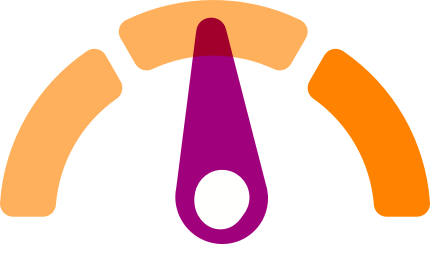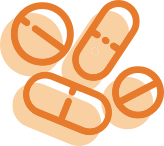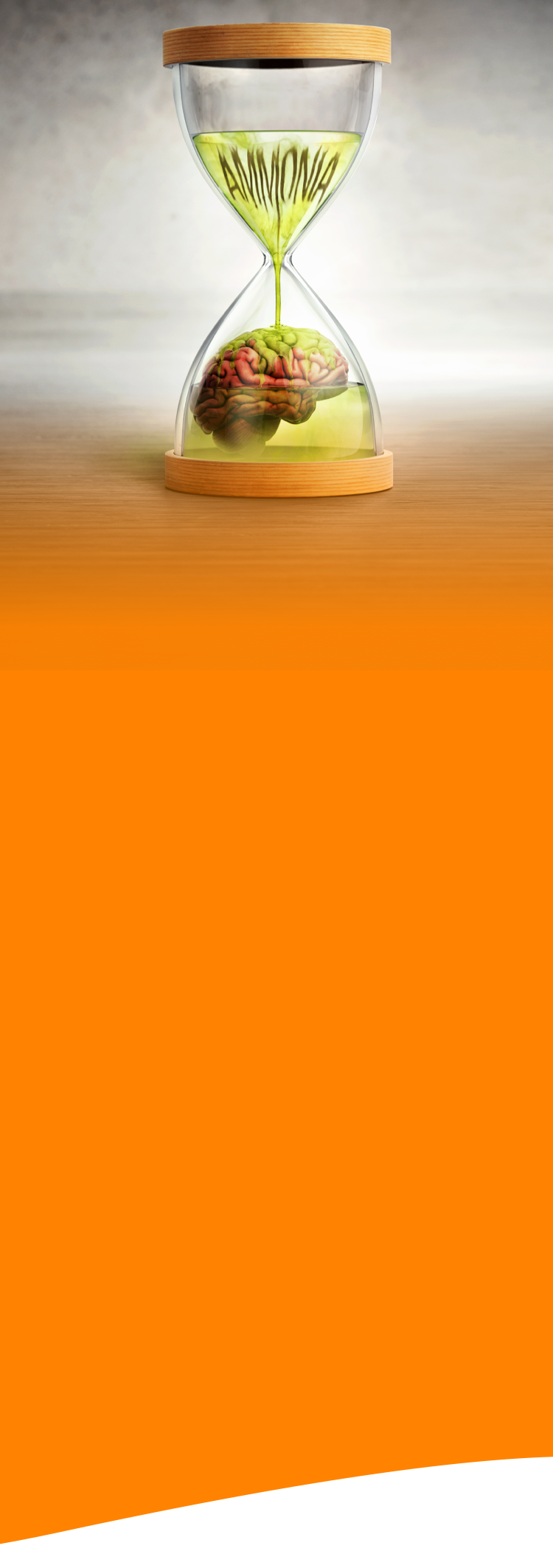
Increases
in ammonia levels
Do you know how to recognize an increase in ammonia?
Learn about the impact
of ammonia levels.

Treating
UCDs
Work with a team of healthcare professionals who can help decide which treatment plan is best for you or your loved one.

The challenges of taking UCD treatments
Tolerability, administration, cost, and access can get in the way of taking treatment as prescribed.

Hope for people with UCDs
Studies have shown that additional UCD treatment options may help people avoid challenges to taking therapy and help reduce the risk of future brain damage and hyperammonemic crises.
If you or a loved one is experiencing symptoms or needs help managing a UCD, talk to a doctor as soon as possible.
Sources
- Enns GM, Porter MH, Francis-Sedlak M, Burdett A, Vockley J. Perspectives on urea cycle disorder management: results of a clinician survey. Mol Genet Metab. 2019;128(1-2):102-108.
- Gropman AL, Prust M, Breeden A, Fricke S, VanMeter J. Urea cycle defects and hyperammonemia: effects on functional imaging. Metab Brain Dis. 2013;28(2):269-275.
- Gerstein MT, Markus AR, Gianattasio KZ, et al. Choosing between medical management and liver transplant in urea cycle disorders: a conceptual framework for parental treatment decision-making in rare disease. J Inherit Metab Dis. 2020;43(3):438-458.
- Guffon N, Kibleur Y, Copalu W, Tissen C, Breitkreutz J. Developing a new formulation of sodium phenylbutyrate. Arch Dis Child. 2012;97(12):1081-1085.
- Shchelochkov OA, Dickinson K, Scharschmidt BF, Lee B, Marino M, Le Mons C. Barriers to drug adherence in the treatment of urea cycle disorders: assessment of patient, caregiver and provider perspectives. Mol Genet Metab Rep. 2016;8:43-47.
- Peña-Quintana L, Llarena M, Reyes-Suárez D, Aldámiz-Echevarria L. Profile of sodium phenylbutyrate granules for the treatment of urea-cycle disorders: patient perspectives. Patient Prefer Adherence. 2017;11:1489-1496.
- Kibleur Y, Guffon N. Long-term follow-up on a cohort temporary utilization authorization (ATU) survey of patients treated with Pheburane (sodium phenylbutyrate) taste-masked granules. Paediatr Drugs. 2016;18(2):139-144.




